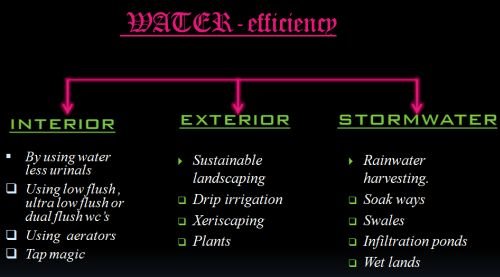Green Buildings and Infrastructure
“Green Buildings for creating a Green environment” is what I would say. Generally, the term “Green Buildings” is understood in a wrong way. As in, the people have a wrong understanding about the term “Green Buildings”. Green Buildings does not just imply on creating huge lawns and making the building look green in colour.

It is all about making the environment green and create a healthy atmosphere inside the living space which also has an impact on the outside surroundings.
Vegetation, Landscaping is definitely a part of Green Building Design but that is not all which would make the building green.
In this article, we are going to discuss the goals of Green Buildings or rather I should say the “Principles of Green Buildings”.
If we are successful in achieving these principles, we will definitely be able to successfully design not just “A green Building” but also create a Green environment.
Earlier we discussed, various Passive and Active features of Green Building Design. Passive Features form an indispensible part of Green Building Design. That is the most primary and important step to be achieved in order to create a sustainable and Green environment.

